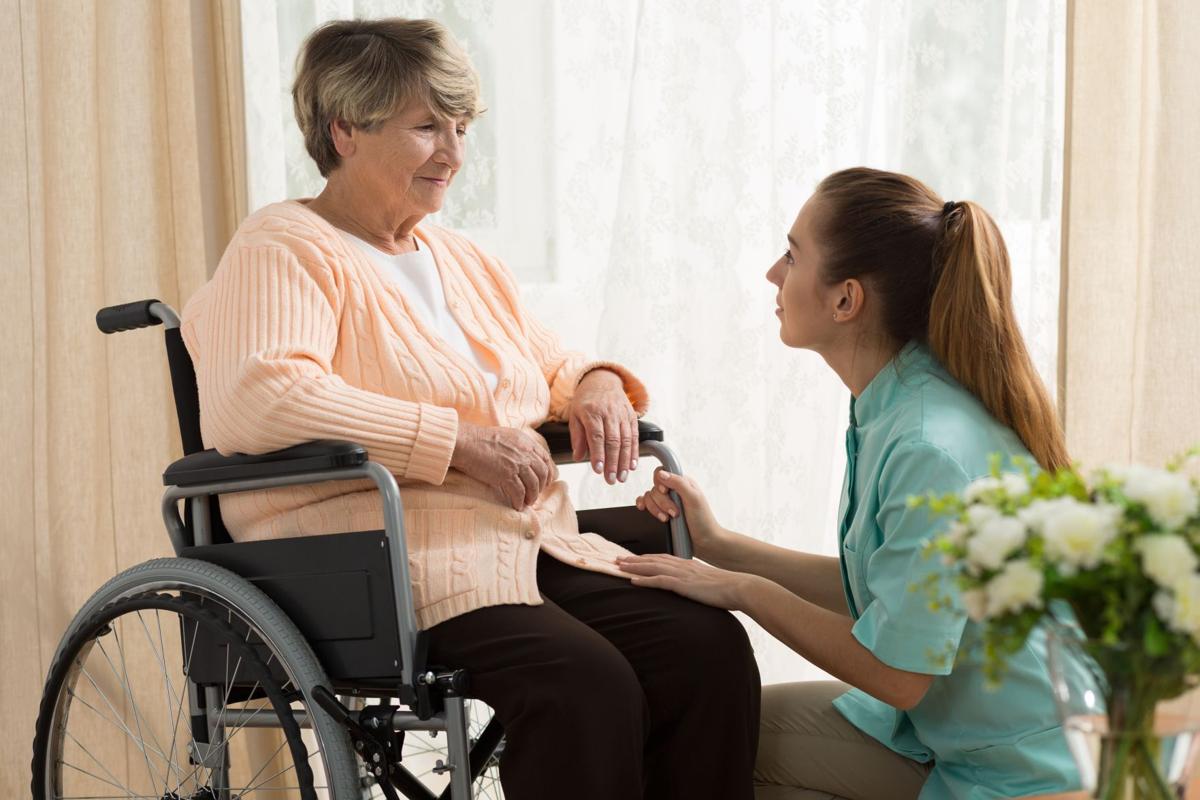
Falls are the leading cause of fatal and non-fatal injuries in older adults. Regrettably, falls are a common and often neglected cause of injury in the elderly.
Falls threaten the seniors’ security, self-reliance and bring about heavy financial implications. Falls, with or no injury, also pose a great effect on their quality of life. A great number of the seniors fear falling and, as a result, limit their activities, mobility and social engagements. This can result in further physical decline, social isolation, depression, and feelings of helplessness. All these, can as well lead to someone attempting suicide. That is why they really need to be shown love and support.
SOME HEALTH CAUSES OF FALLS IN THE ELDERLY
The process of ageing naturally often places the seniors at an increased risk of various health conditions. One of these health conditions is having a fall. So also, there are some health conditions that contribute to falls in the elderly, here are some of the health conditions that can increase the risk of falls in the elderly
-Impairments, such as poor vision or muscle weakness
-Illnesses that can affect balance and gait, such as labyrinthitis (inflammation of the delicate balance regulating parts of the ear)
-Chronic health conditions, such as heart disease, dementia and low blood pressure (hypotension), which can cause dizziness
Chronic health conditions, such as those listed above, can sometimes cause a loss of balance, brief loss of consciousness, or dizziness, all of which can contribute to a fall.
As we age, the changes that occur to our bodies also make falls more likely. Visual impairment or muscle weakness may also make it more difficult for a senior to prevent a fall. Older adults may also have weaker muscles and stiffened joints, or may lose sense of feeling in their feet and legs. They’re also slower to react and may have difficulty concentrating on more than one thing as they age.
RISK FACTORS
There are many other conditions aside from the medical conditions mentioned above that contribute to falling in the elderly. They are called risk factors. Many risk factors can be changed or modified to help prevent falls. They include:
–Poor Vision
–Difficulties with walking and balance
–Lower body weakness
–Vitamin D deficiency in the body system)
–Foot problem or poor footwear
–Side effects of some medicines, such as tranquilizers, sedatives, or antidepressants.
–Home hazards or dangers such as
broken chairs, broken handrails, uneven steps, and throw rugs or carpets that can be tripped over. Wet or slippery surfaces can also be dangerous if not attended to.
COMPLICATIONS
–Falls can cause broken bones, like wrist, arm, ankle, and hip fractures. Most especially for elderly who are suffering osteoporosis (thinning and weakening of the bones), falling can be particularly dangerous as there is more risk of a broken bone.
–Falls can cause head injuries. These can be very serious, especially if the person is taking certain medicines (like blood thinners). An elderly who falls and hits his or her head should see their doctor immediately to make sure such elderly don’t have a brain injury.
–After most elderly might have experienced a fall, even if they’re not injured, they become afraid of falling again. This fear may cause them to cut down on their daily activities. They become less active, hence, they grow weaker and this increases their chances of falling.
CARING FOR SENIORS TO AVOID FALLS
Caregivers can help cut down the elderly risk by reducing the fall risk factors listed above. Falls can be prevented. As a caregiver for an elderly, one of your concerns may be how to protect them from a fall or fall related injury. Here are some precautionary measures that can be taken
–PROPER FEEDING AND HYDRATION
As a caregiver, you should help your loved one to maintain proper nutrition and hydration. Ensuring that their meals contain the right proportion of vitamins needed to improve their health conditions and strengthen their bones. They should also take enough fluids to keep them hydrated.
– HELP KEEP THEIR ENVIRONMENT SAFE
Ensure that everything that can pose danger to your loved one should not be left around them or in their way. Inspect the home and surroundings for any likely hazardous materials such as broken chairs, broken handrails, uneven step, loose wires, unsecured throw rug or carpets and broken floor board or tile.
Icy, wet, or slippery surfaces cause a slip and fall. They should be promply attended to avoid falls. Your loved one is also susceptible to falls in the bathroom. Grab bars should be installed in the tub or shower and in the toilet. Ensure that they are installed where they can be used easily.
–REGULAR CHECK UP
You should make sure that your loved one visits the doctor regularly. It is also a good idea to be in close contact with their doctors to be able to help minimize your loved one’s risk of falling. Your loved one should also be advised to get his or her eyes checked regularly and be sure to update his or her eyeglasses if need be.
This is because poor vision increases the risk of falls in the elderly.
-ENCOURAGE EXERCISE
In order to help your loved ones to stay in good physical condition, encourage them to do strength and balance exercises. This will help promote balance, improve both strength and flexibility thereby helping them stay steady on their feet and reducing the risk of falls.
CONCLUSION
Yearly, one out of four seniors suffers a fall. These falls take heavy medical costs, time and effort to treat injuries sustained. These usually have immeasurable emotional effects on both seniors and their loved ones. Nevertheless, it should be rightly noted that every senior is entitled to enjoy safety, comfort, care and support. Consequently, the concerns of care providers of an aging family member should be how to protect their elderly loved ones from falls or fall related injuries.

